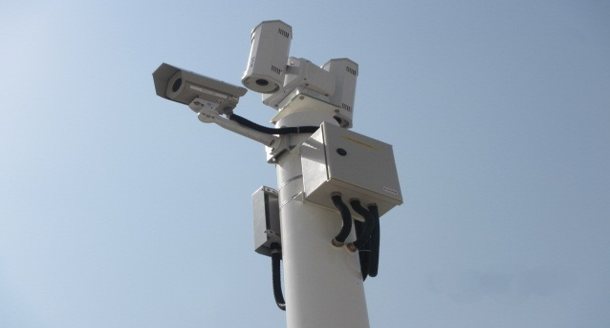AUTHOR: Jishad Cheenikka Parambu
TUTOR: Eng. Giovanni Franchi
MASTER: Master in “Project and Contract Management in Construction works” a.a 2022/24
This master thesis comprehensively analyzes SAS (Special Airport Systems) integration in terms of its function and influence on airport performance. The emphasis is mainly on key systems, including ILS (Instrument Landing Systems), advanced meteorological equipment, and comprehensive security measures such as PIDS (Perimeter Intrusion Distance Systems) and LPR (License Plate Recognition). The study specifically focuses on how these technologies provide and lead to a remarkable boost in security, efficiency, and compliance with regulations in airports. Besides technological integration, the paper also discusses using powerful project management techniques and adapting international contracts (with a special focus on FIDIC rules). By this evaluation, a comprehensive understanding of the strategy, execution, and control of the advanced airport equipment system’s new models and integration is obtained.
The thesis offers a detailed look at the functions of each system within the airport system. The case of Instrument Landing Systems (ILS) talks about technical progress that led to improved precision in poor weather. Therefore, flight safety has improved, and schedules’ reliability has been greatly enhanced. Regarding meteorological equipment, the main concern is the role played by the modern systems that bring real-time data for flight operations and safety management. The security part of the segment assesses if the presence of PIDS and LPR systems can strengthen airport defenses against unauthorized accesses; thus, it can be more effective because of the increased security threats today.
Much attention is given to the project management techniques that ensure the efficient management of SAS projects. The article presents FIDIC contractual principles during international airport projects regarding the necessity of precise contractual obligations, smooth dispute resolution procedures, and general outcomes of these instruments for the project results.
The research conclusively indicates that adopting the advanced SAS is a must for the operational success of airports. It shows that airports can achieve great safety and efficiency through proper administration and strictly observing the contractual frameworks. The latter is the experience obtained from applying these systems that shows the vital importance of keeping the technology up to date, the constant training of the project team members, and the great impact of the Primavera projects management tools on compliance with the timeframes and budgets.
The thesis favors full-scale innovation and adaptation of modern technology in airport systems. This implies that future projects must build adaptive management routines for new technologies and constantly changing regulatory standards. Besides that, the approach advocates for exceptional emphasis on developing training and development plans for the project management teams so that they can keep up with the advancing technology.
This thesis is an interesting puzzle that uncovers modern airports’ complicated interconnection of technology, management, and contractual strategies. The study’s findings can be used as a robust framework for future research and practical applications in airport system improvement that could be of great resource to professionals and academicians in the field of airport operations management.
Image 1: New Localizer Antennae – 32 Element (After Installation) – A photograph showcasing the newly installed 32 element ultra-wide localizer antenna array.
Image 2: A photograph of the new RVR receiver, which is crucial for the upgraded meteorological monitoring systems.
Image 3: Integration of fixed thermal and PTZ cameras on a single pole, illustrating the dual-layered approach to security at critical perimeter points.




